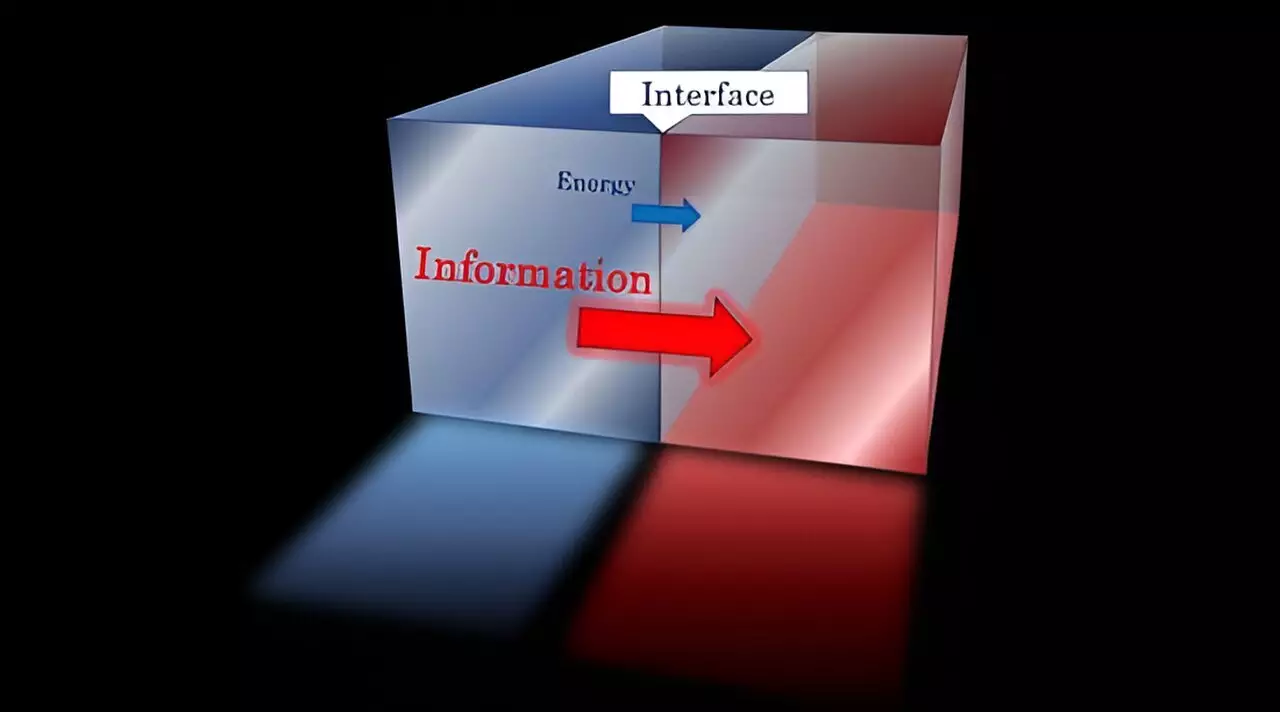The realm of quantum field theories (QFTs) represents one of the most intricate layers of modern physics, intertwining our understanding of fundamental particles and forces. Researchers have long grappled with the challenge of quantifying the interactions occurring at interfaces between different QFTs, particularly in terms of energy and information transmission rates. A recent groundbreaking study, led by Hirosi Ooguri from the Kavli Institute, alongside Fred Kavli from Caltech, illuminates this obscured domain. With their findings poised to challenge established conventions, they present a simpler framework to conceptualize these intricate interactions within systems defined by scale invariance.
Breaking Down Complexities: The Trio of Relationships
The study reveals a striking yet elegantly simple set of inequalities that connects energy transfer rates, information transfer rates, and the expansive nature of the Hilbert space. Specifically, these inequalities articulate that the energy transmittance cannot exceed the information transmittance, which, in turn, cannot exceed the size of the Hilbert space. This intertwined relationship offers a fresh lens through which we can examine fundamental physical processes involving energy and information flow. Importantly, it underscores the interdependent nature of these quantities, suggesting an inherent inevitability: to facilitate energy transfer, there must be a corresponding pathway for information.
What makes this discovery particularly compelling is the assertion that no stronger inequality can exist between these quantities. By establishing upper limits and necessary conditions for energy and information transmission, the research compels us to reflect on the foundational implications for our grasp of physical law, challenging the classical notion that energy and information transfer operate independently.
Implications for Particle and Condensed Matter Physics
The practical implications of this work extend beyond theoretical musings; they reverberate throughout the fields of particle physics and condensed matter physics. The interface concept is critical in various applications, from understanding fundamental particles in high-energy physics experiments to exploring materials characterized by quantum phenomena. The insights gained from this research could pave the way for advancements in developing new materials or exploring phenomena like quantum entanglement more effectively.
Moreover, the universal nature of the inequalities suggests that this relationship may hold true across a broader spectrum of physical systems than previously conceived. It opens doors to further exploration of quantum field theories in higher dimensions or different contexts, enabling researchers to investigate the implications of this theory beyond traditional boundaries.
Shifting Paradigms in Quantum Theory
Beyond its overt scientific significance, this revelation prompts a philosophical shift in our understanding of quantum interactions. The findings compel us to reconsider how we perceive energy and information as separate entities. Instead, they advocate for a more integrated perspective where these elements are reflections of a singular, interconnected framework governing physical laws. This nuanced understanding may ultimately lead to a renaissance in how future research is conducted and how emerging technologies are developed, especially in realms like quantum computing and cryptography.
Consequently, this article not only serves as a critical investigation into a captivating area of physics but also as an invitation for further inquiry into the tantalizing connections that bind our universe—a reminder that even in complexity, simplicity can often reveal profound truths.

